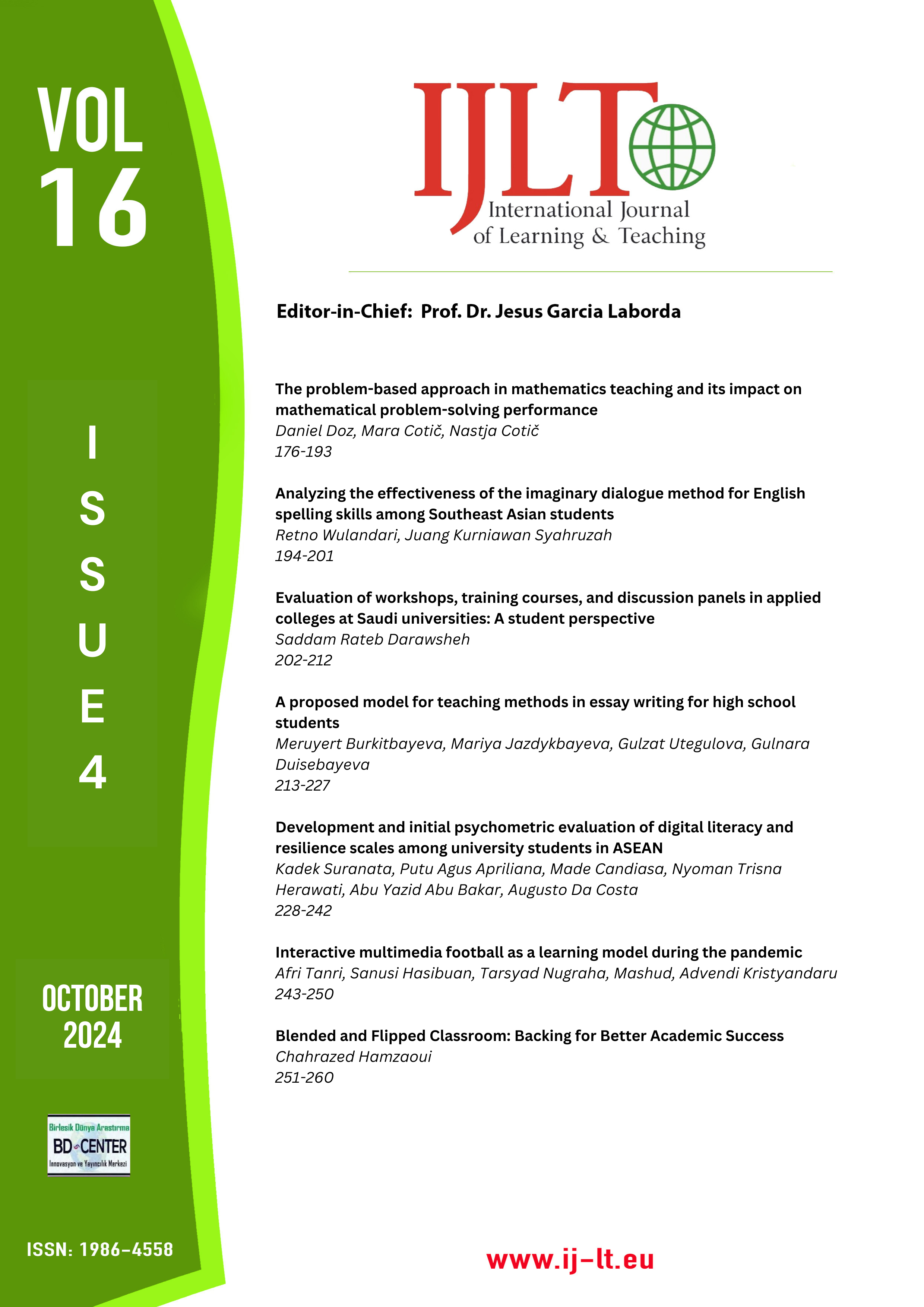Blended and Flipped Classroom: Backing for Better Academic Success
Main Article Content
Abstract
In recent years, university instructors have increasingly adopted the flipped classroom model, a form of instruction that leverages digital technologies to shift direct teaching outside the traditional group learning space, typically through videos, and emphasizes active learning during in-class time. This review paper explores the evolution and impact of the flipped and blended learning models, which gained traction through positive student feedback, the author's professional experience, and a thorough review of existing literature. The paper presents a comprehensive framework for designing effective flipped or blended courses, highlighting essential components and providing insights into the types of activities best suited for this model. The framework emphasizes the importance of a structured approach that ensures all voices are heard and integrated into the course delivery cycle, while also fostering collaboration between instructors and students. The study concludes with recommendations for successfully implementing flipped and blended learning, offering guidance to educators seeking to optimize student engagement and academic achievement through this innovative instructional model.
Keywords: Academic success; author; backing; blended learning; flipped classroom; students
Downloads
Article Details

This work is licensed under a Creative Commons Attribution-NonCommercial-NoDerivatives 4.0 International License.
Authors who publish with this journal agree to the following terms:
- Authors retain copyright and grant the journal right of first publication with the work simultaneously licensed under a Creative Commons Attribution License that allows others to share the work with an acknowledgement of the work's authorship and initial publication in this journal.
- Authors are able to enter into separate, additional contractual arrangements for the non-exclusive distribution of the journal's published version of the work (e.g., post it to an institutional repository or publish it in a book), with an acknowledgement of its initial publication in this journal.
- Authors are permitted and encouraged to post their work online (e.g., in institutional repositories or on their website) prior to and during the submission process, as it can lead to productive exchanges, as well as earlier and greater citation of published work (SeeThe Effect of Open Access).
